Fabric Tour Of India
Feb 06, 2019 • 939 views
Discover the amazing handloom heritage.
India is a land of variety in every sense and has so much to offer. From the array of delicacies to the string of interesting customs, traditions, and festivals. From Kashmir to Kanyakumari, every region has its own unique handloom trends that are used to weave many unique fabrics.

Andhra Pradesh
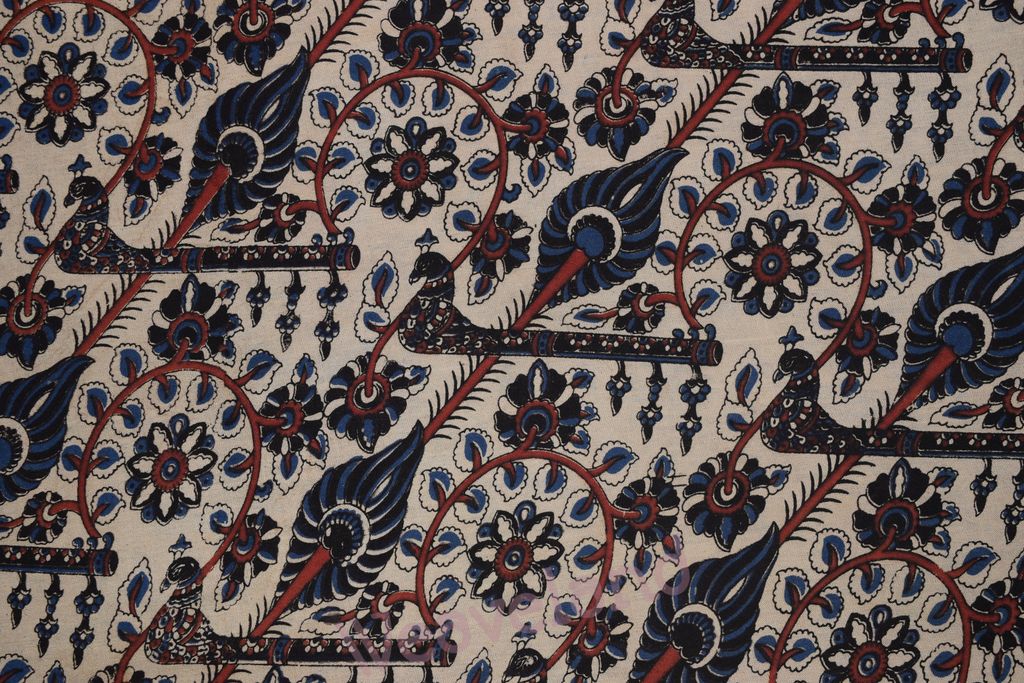
Andhra Pradesh is renowned for its unique fabric "Kalamkari". The word Kalamkari comes from the Persian words 'qalam' meaning pen and 'Kari' meaning crafts. This pen art is from Andhra Pradesh was once upon a time used to tell the great stories of Hindu mythology and hence is characterized by the presence of Hindu deities. This art form which was patronized by the Mughals is now more popular as a block print used on sarees, dupattas and recently on frocks too.
Arunachal Pradesh
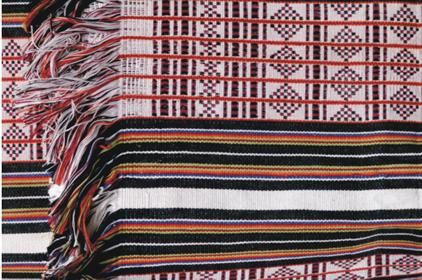
The Apatani weave comes from the Apatani tribe of Arunachal Pradesh. The weaving techniques of this tribe are considerably more advanced than the rest of the tribes of Arunachal Pradesh. The Apatani woven fabric is known for geometric patterns, mainly regular designs and zigzag patterns. It forms an essential part of the daily wardrobe of people.
Assam
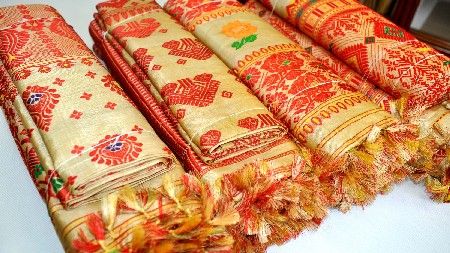
Muga Silk that is produced only in Assam, is known for its fine texture and durable nature. Known as the "golden fiber", this hand-washable silk has a naturally yellow gold tint and its luster increases with every wash. Once reserved for the use of royalty, it is now used to make the traditional garment of Assamese women, the mekhela chador.
Bihar
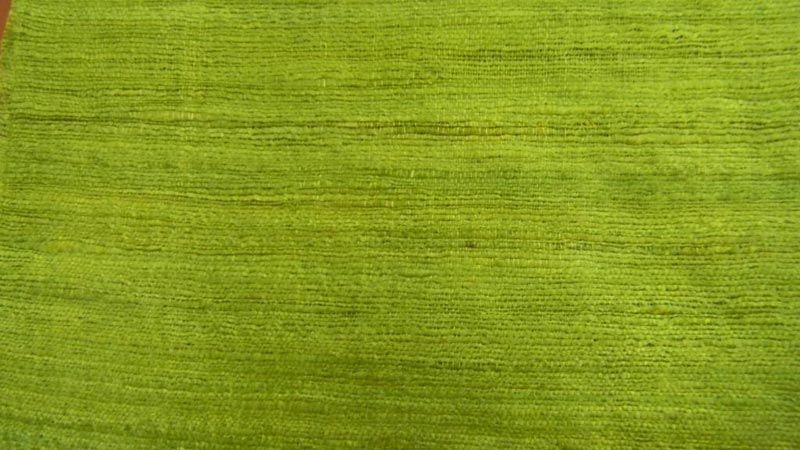
The Bhagalpuri silk is one of the finest silks of India. The Bhagalpur region of Bihar produces a variety of tussar silk. The fabric is woven from the colorfully dyed threads produced from the tussar cocoons and they are favorite for women all over India.
Chattisgarh
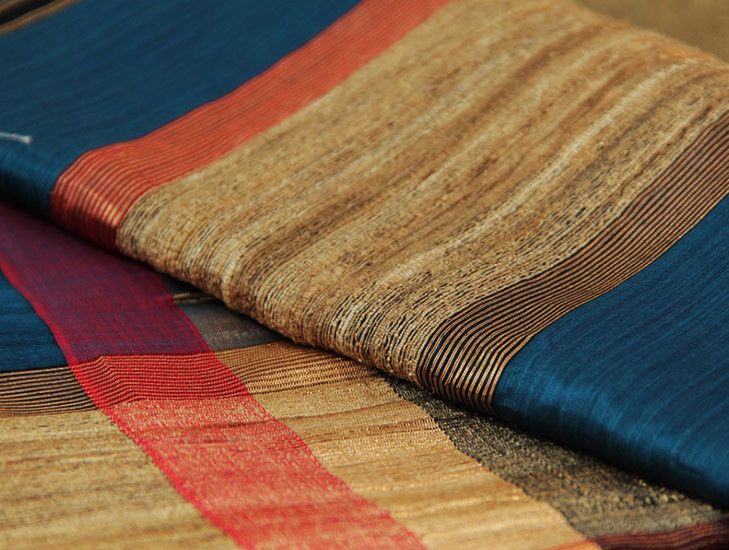
Kosa silk in Chattisgarh is the Sanskrit name for desi tussar and is made from an extremely rare worm. The extraction and weaving of Kosa silk saree involve a painstaking process that takes anywhere from three to five days. Kosa silk produced in Champa district of Chattisgarh is said to be the finest in the world.
Goa

From Goa's, oldest tribe - Kunbi - comes a cotton chequered fabric that was draped as a saree just below the knees by the tribal women who worked in the paddy field. With the advent of the Portuguese, however, the use of the Kunbi saree declined and the weaving of these sarees completely stopped by the 20th century. In recent years, designer Wendell Rodricks has tried to revive the weaving of this saree.
Gujarat
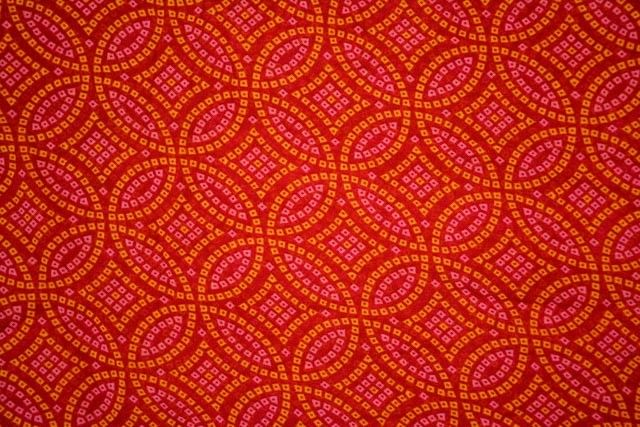
Did you know Bandhini dates back to the Indus Valley Civilization when dying was done as early as 4500BC? It gets its name from the Sanskrit word 'banda' meaning to tie. Made by the Khatri community of Gujarat, this gorgeous tie-dye textile is usually found in colors like yellow, red, blue, ween and black and features with white dots.
Haryana
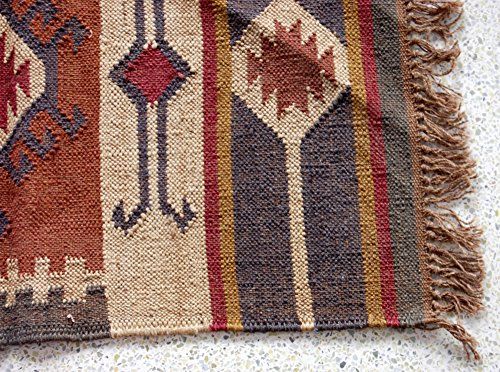
Panja Duriies is known for a rich handloom tradition. The town of Panipat in Haryana produces Panja, an interesting weaving technique that gets its name from the tool used in the weaving process - panja. It is primarily used for durries, rugs and other floor coverings that arc found in almost every village home in the state of Haryana. Panja fabrics are made from thick threads and feature beautiful and usually complicated patterns.
Himachal Pradesh
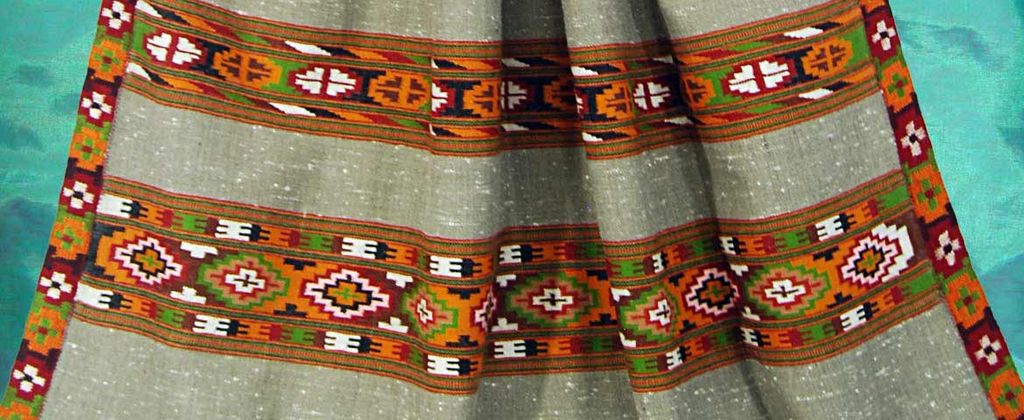
An integral part of the heritage of Himachal Pradesh, Kullu shawls are handwoven from three types of wool: Merino wool, Angora wool, and Local sheep wool. Worn by both, men and women, these shawls were originally devoid of any pattern but now they commonly feature geometric designs and bright colors. Despite being pricey, there is a huge demand for Kullu shawls both in India and abroad.
Jharkhand
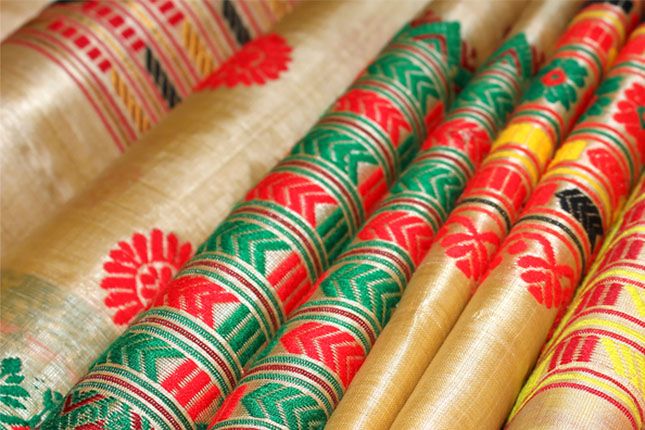
From the Kharsawan-Kuchai region a Jharkhand, Kuchai silk, an organic traditional Indian fabric has seen a spike in demand in recent times. Promoting the kuchai silk weave has benefited over three lakh artisans and weavers in the region. This silk is now being appreciated by connoisseurs in India and abroad.
Karnataka
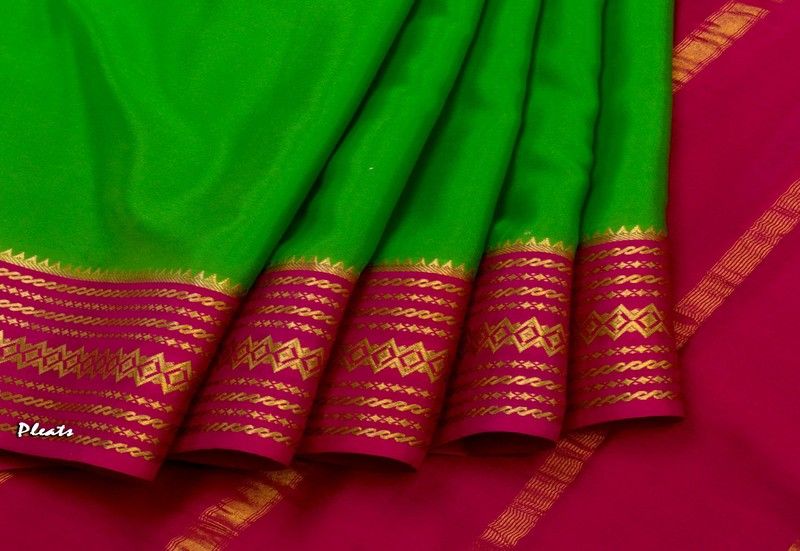
The silk industry saw unprecedented growth in the Kingdom of Mysore during the reign of Tipu Sultan. Today, Mysore is the largest producer of Mysore silk in the country. The exquisite silk sarees from this region, known for their quality and craftsmanship, are traditionally woven with pure silk and gold zari. No wonder they are not just famous in India, but also around the world.
Kerala
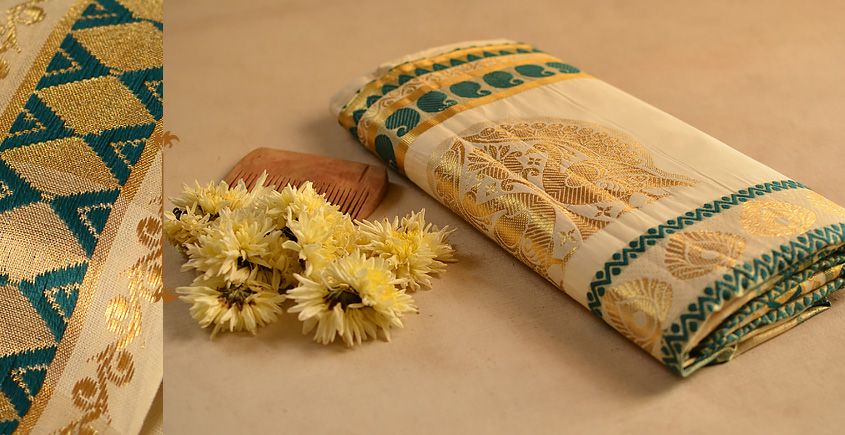
The pride of Kerala, the traditional off-white and gold Kasavu saree are famously worn by women of the Malayali community on the occasion of Onam. Kasavu actually refers to the golden zari border on the mundu-saree that is handwoven from 100, unbleached cotton. These sarees feature kara or line designs at the bottom, and sometimes peacock and temple desires on the pallu.
Madhya Pradesh
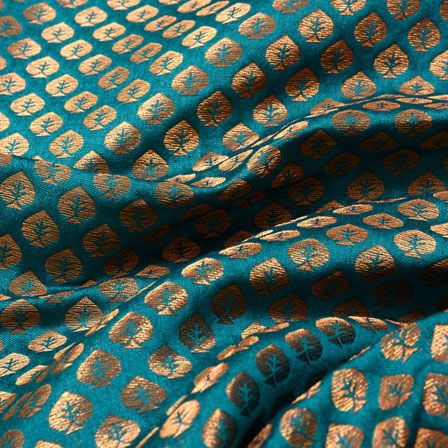
References in Hindu mythology suggest that Chanderi, the traditional saree of Madhya Pradesh, was first introduced by Lord Krishna's cousin Shishupal. These sarees are available in pure silk, Chanderi cotton and a combination of silk and cotton too. Thanks to its light, sheer texture, the fabric that flourished during the Mughal period has earned itself the name 'woven air'.
Maharashtra
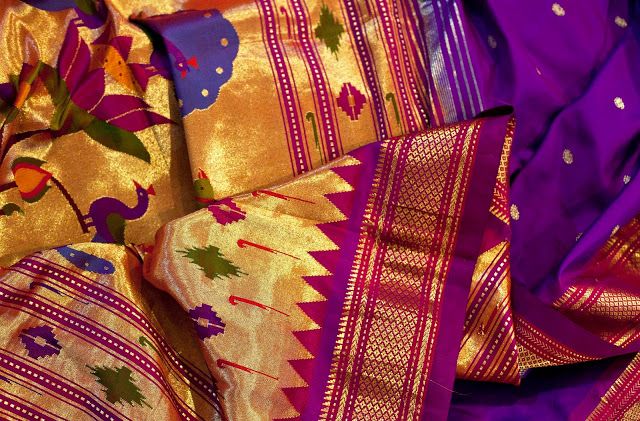
A handwoven silk saree from the town of Paithan in Aurangabad, Maharashtra, Paithani was once upon a time used to clothe the royals. The effort intensive process of weaving a Paithani results in a fabric of unparalleled beauty that looks exactly the same on both sides. An integral part of the Maharashtrian culture, the center of Paithani weaving is now in Yeola.
Manipur

The traditional Manipuri costume, Phanek refers to the color block striped skirt that is handwoven from cotton and silk thread. Worn by the women in the region of Phanek and it is very similar to a wrap-around skirt and usually features a heavily embroidered border at the bottom. It is usually worn as a mini saree with a blouse and an upper cloth.
Mizoram

PUANS (LOIN CLOTH) The traditional attire of Mizoram, Puan is essentially a wrap-around skirt with few colors and the prominent presence of black and white. Designs on this fabric range from simple to intricate depending on the wearer and the type of Puan could reveal a person's status in society. Sadly, however, the handloom tradition of Puan is disappearing as fewer people are wearing the garment.
Meghalaya
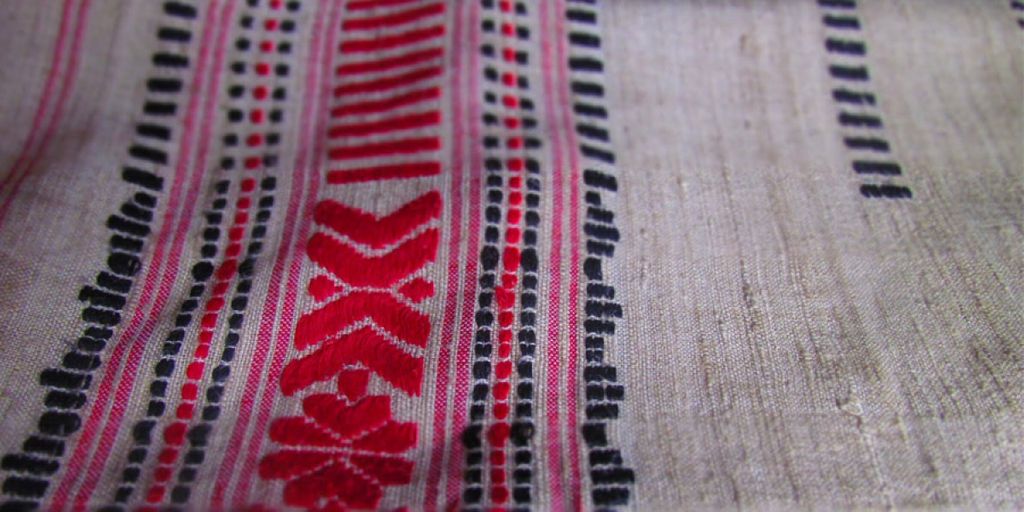
Highly textured silk from the North East, Eri or Endi silk has shorter fibers than other silk varieties and must be handled with care. While its naturally dull gold sheen makes it a coveted fabric in the world of fashion, it is also used for Pattachitra art and Kantha embroidery. Eri silk is highly preferred by Buddhist monks because of its eco-friendly production process that does not harm any living creature.
Nagaland
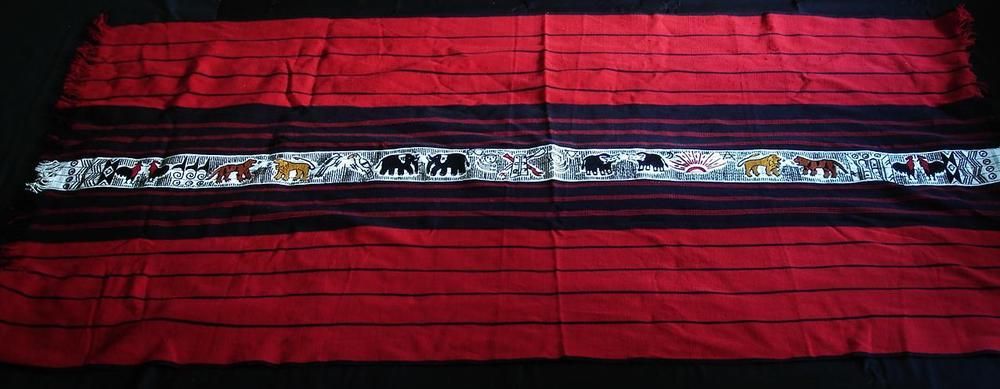
Did you know that weaving is the traditional occupation and art of the people in Nagaland? Primarily made of red and black wool, Naga shawls are made by several tribes in the region. Every major tribe has its own distinct shawl pattern and some warrior shawls even feature figures of a tiger, elephant, human head, cock, and spear.
Odisha

The famous Sambalpuri saree produced in the Bargarh, Sonepur, Sambalpur, Balangir, and Boudh districts of Odisha is a handwoven ikat same in which the yam is first tie-dyed and later woven into a beautiful fabric. Varieties of the Sambalpuri saree include Soncpuri, Pasapali, Bomkai, Barpali, and Bapta, which are commonly known as pata.
Punjab

Punjab Phulkari
As the name suggests, Phulkari (meaning flower work) is the embroidery of floral motifs on fabric. Traditionally practiced by the women of the Punjabi household as a pastime, this embroidery is quite a unique one. The stitches are embroidered on the reverse of the cloth so that the design takes shape on the front. Phulkari usually features brightly colored floral threadwork on lighter colored fabric.
Rajasthan
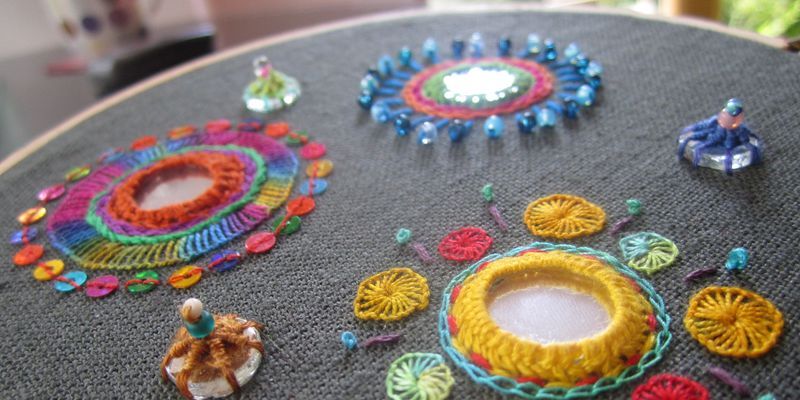
It was the Mughals who brought mirror work or shisha embroidery to India in the l7th century. The Mughals, however, did not wear clothes embellished with mirrors but rather used them in their decor. Today, shisha has been fully adopted by the states of Gujarat, Rajasthan, Madhya Pradesh, and Haryana. Embroidered banners called abla Torana and shish Torana arc hung over the entrances of homes to ward off' evil.
Sikkim
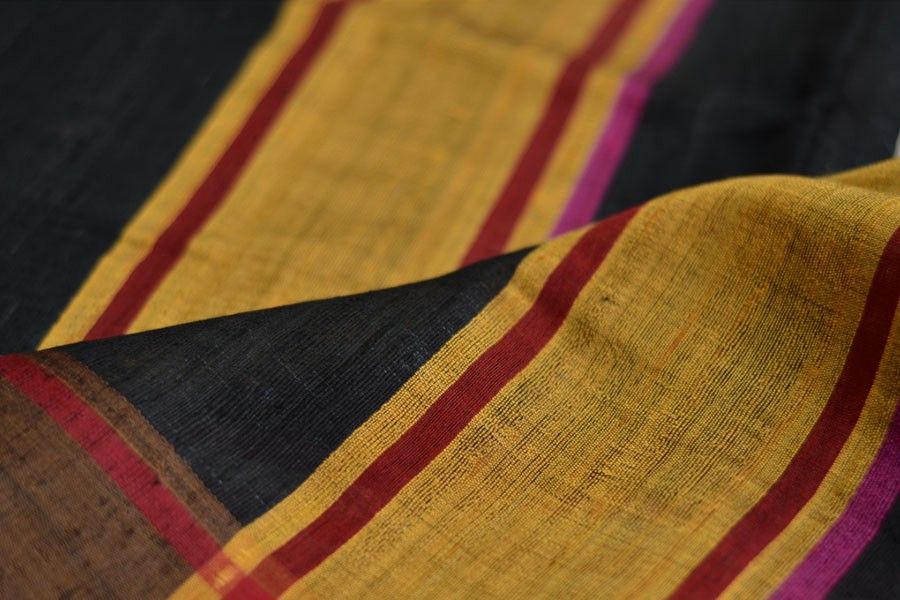
Of all the tribes in Sikkim, the Lepcha community is the most well-known for its handloom tradition. The Lepcha fabric is used for traditional garments as well as shoulder bags, napkins, cushion covers, table mats and more. While the base fabric is cotton, wool is used for the motifs that are woven onto this textile.
Tamil Nadu
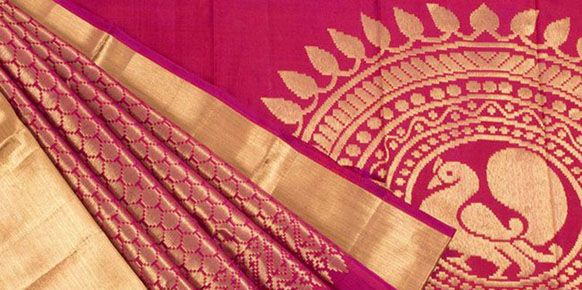
Among the dozens of different handwoven silks made in India, there is none more expensive than Kanjeevaram. From the Kanchipuram region of Tamil Nadu, this most famous silk saree from South India is known for its lustrous fabric and elaborate zari work. Today, a Kanjeevaram saree remains one of the few sarees in India where gold is still used in the weaving process.
Telangana
Pochampally Ikat

Made in Bhoodan Pochampally, Telangana, this double ikat textile is known for its geometric patterns and an intentional bleed. With about five thousand looms in the Pochampally village weaving this ikat fabric, the place has found a spot on UNESCO's tentative list of World Heritage Sites as part of the "iconic saree weaving clusters of India".
Tripura
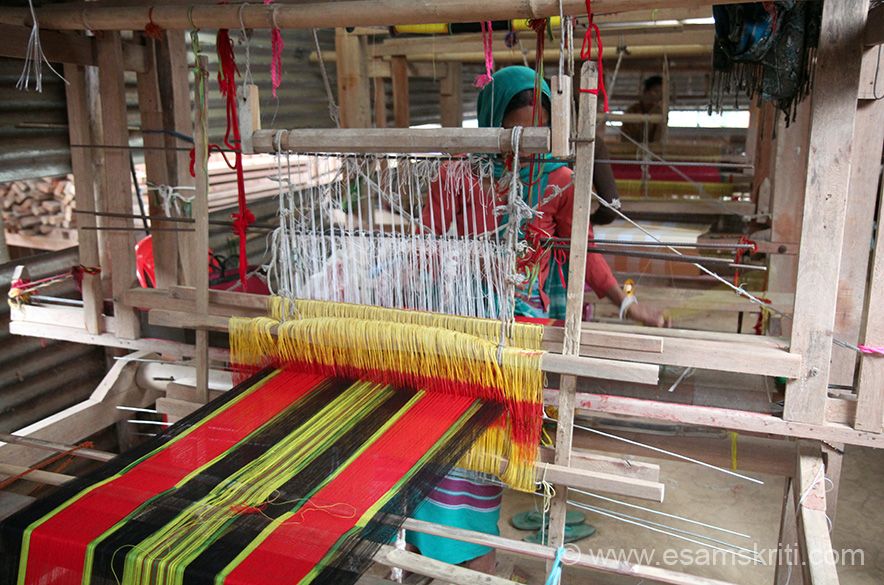
Tripura Pachra
A handloom fabric from the state of Tripura, pachra is essentially a long piece of cloth worn as a lower garment by the women of the region. Extending just below the knee, the pachra features intricate stripes and embroidery in different colors. The pachra garment is usually worn with a rise, a short cloth that covers the upper half of the body.
Uttar Pradesh
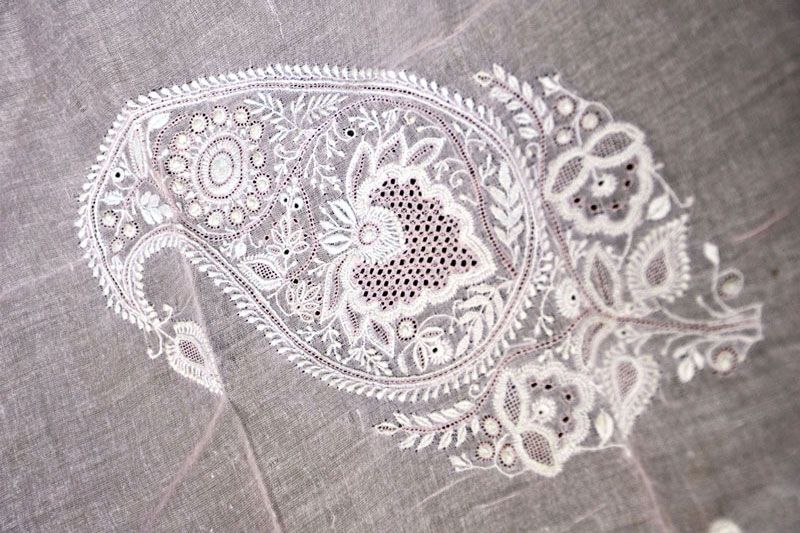
Uttar Pradesh Chikankari
Chikankari is a delicate and intricate embroidery style from Lucknow that is believed to have been introduced by Nur Jehan, the wife of Mughal emperor Jehangir. A piece of cloth is rust block printed and then the chikan stitches are embroidered along the outline. Originally a white-on-white embroidery, today Chikankari uses a variety of colors, both bright and pastel.
Uttarakhand
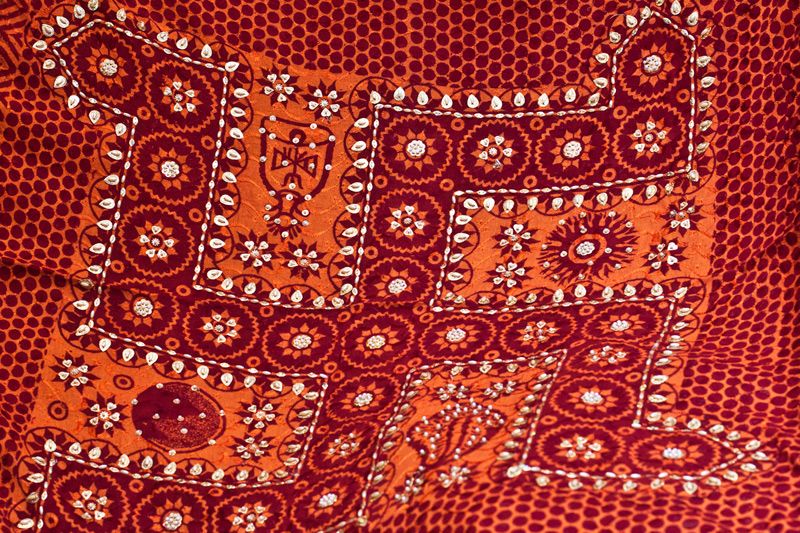
Uttarakhand Panchachuli Weave
In the Panchachuli range of the Himalayas (northeast of Uttarakhand), rural women have been knitting the most beautiful garments in Tibetan cashmere and sheep wool. They earn their livelihood from the sale of their high-quality woolen products like shawls, stoles, wraps and more. The Panchachuli cooperative that came into existence in 1990 has helped promote the weave in foreign countries too.
